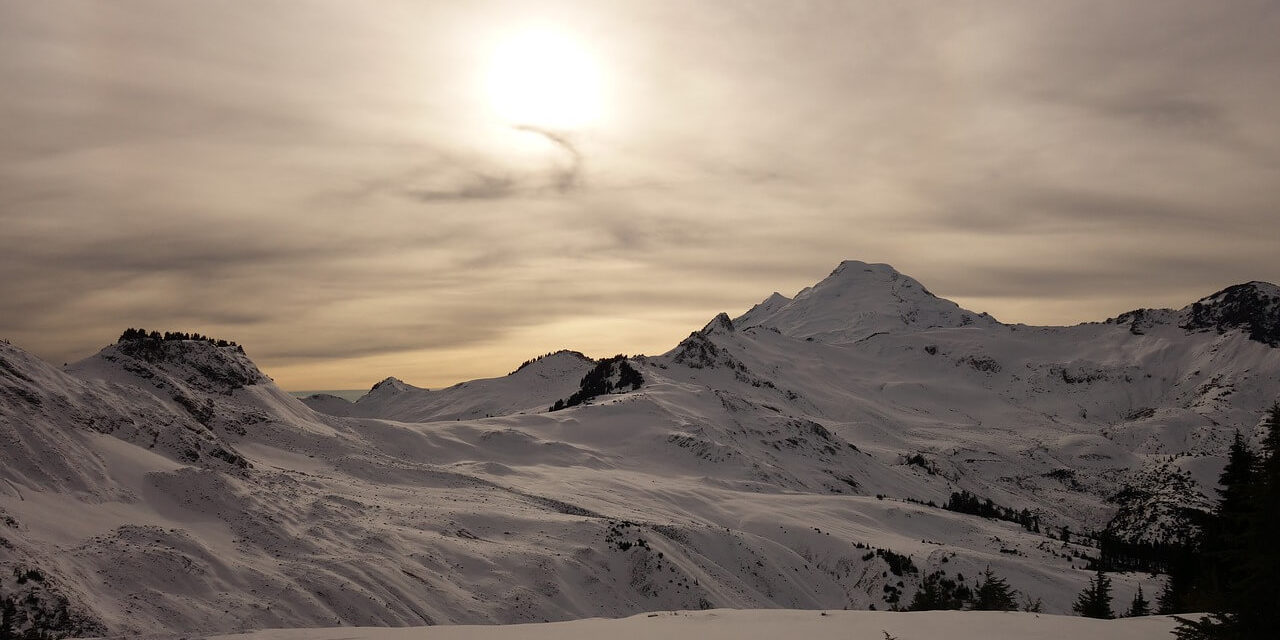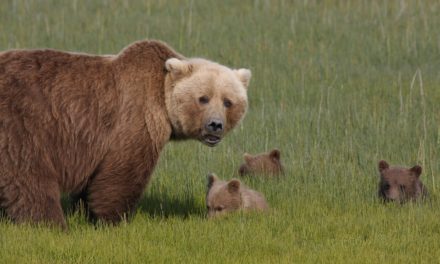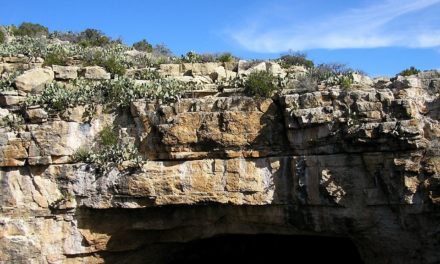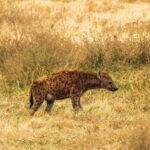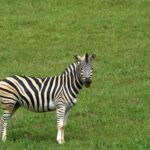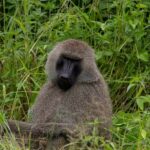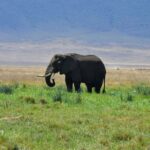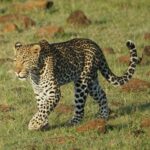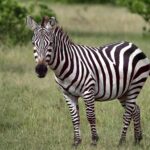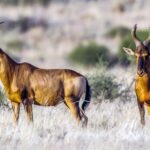Table of Contents
Overview / About
North Cascades National Park, located in northern Washington State, is often called the “American Alps” for its jagged peaks, deep valleys, and over 300 glaciers, more than any other U.S. park outside Alaska. Established in 1968, the park spans nearly 505,000 acres and forms part of the larger North Cascades National Park Complex, which includes Ross Lake and Lake Chelan National Recreation Areas.
The park’s wilderness is raw and untamed, a place where snow-capped summits rise above emerald forests and turquoise lakes. With rugged trails, alpine meadows, and an air of solitude, North Cascades is a paradise for hikers, climbers, and nature lovers seeking tranquility far from crowds.
Wildlife & Nature
The park shelters an astonishing diversity of life due to its sharp elevation changes and varying microclimates.
Key Wildlife:
- Black bears, mountain goats, mule deer, cougars, and pikas roam its wilderness.
- Birdlife includes bald eagles, peregrine falcons, harlequin ducks, and Steller’s jays.
- Lucky visitors might spot gray wolves or wolverines, though sightings are rare.
Flora:
- Dense forests of Douglas fir, western red cedar, and hemlock dominate lower elevations.
- Subalpine meadows burst with lupine, Indian paintbrush, and heather in summer.
- Mosses and lichens drape ancient trees, creating a lush, temperate-rainforest feel.
Geology & Glaciers:
- The park contains over 300 glaciers, including the massive Boston Glacier.
- Rivers like the Skagit and Stehekin carve deep valleys, feeding pristine alpine lakes such as Diablo Lake, famous for its surreal turquoise hue.
Experiences & Activities
North Cascades is a hiker’s dream, offering trails ranging from gentle forest walks to challenging alpine climbs.
Hiking & Backpacking:
- Cascade Pass Trail: Panoramic views of glacier-covered peaks, one of the park’s most popular routes.
- Maple Pass Loop: A high-country favorite with wildflowers in summer and golden larches in autumn.
- Thunder Creek Trail: Follows glacial streams deep into the backcountry.
- Hidden Lake Lookout: A steep, rewarding climb to a fire lookout perched above the clouds.
Camping & Boating:
- Backcountry camping offers solitude amid pristine wilderness (permit required).
- Boating and kayaking are popular on Ross Lake and Lake Chelan.
Wildlife Watching & Photography:
- The park’s rugged terrain and varied light make it a favorite among photographers.
- Dawn and dusk are the best times to see wildlife near river valleys.
Winter Activities:
- Cross-country skiing and snowshoeing are possible near the park’s borders (the main park road is often closed in winter).
Best Time to Visit
- Summer (July – September): Ideal for hiking, camping, and glacier viewing — roads and trails are mostly snow-free.
- Fall (October): Brilliant foliage, fewer crowds, and crisp air.
- Spring (May – June): Waterfalls surge with snowmelt; some higher trails may still be closed.
- Winter (November – April): Heavy snow restricts access, but scenic drives near the entrances remain beautiful.
How to Reach & Park Entry
- Location: About 110 miles (177 km) northeast of Seattle, Washington.
- Nearest Airport: Seattle – Tacoma International Airport (SEA).
- By Car:
- North Cascades Highway (SR 20) provides main access, offering stunning views of mountains and lakes.
- Entrances near Marblemount and Newhalem lead to visitor centers and trailheads.
- Entry Fee: Free, there is no entrance fee for North Cascades National Park itself.
- Visitor Centers:
- North Cascades Visitor Center (Newhalem), exhibits, maps, and ranger programs.
- Golden West Visitor Center (Stehekin), accessible by boat or plane only.
Where to Stay / Camping Options
Lodging:
- Ross Lake Resort: Floating cabins on Ross Lake, accessible only by boat or trail.
- Stehekin Valley Lodge: A remote lodge on Lake Chelan, reachable by ferry, plane, or hiking trail.
- Nearby Towns: Marblemount and Winthrop offer cozy lodges, cabins, and motels.
Campgrounds:
- Colonial Creek Campground: Popular lakefront site near Diablo Lake (reservable).
- Goodell Creek Campground: Shady, riverside sites close to the visitor center.
- Hozomeen Campground: Remote and scenic, near the Canadian border.
Backcountry Camping:
- Permits required, available at the Marblemount Ranger Station.
- The Wonderland Trail-style routes here (like the Picket Range) attract seasoned backpackers.
Travel Tips / Safety Notes
- Weather can change quickly, carry layers and rain gear.
- Check for road closures on SR 20, especially early or late in the season.
- Carry maps or offline navigation; cell service is limited.
- Streams can swell rapidly from glacier melt, cross carefully.
- Bears are active; store food in bear-proof containers.
- Respect Leave No Trace principles to preserve fragile alpine ecosystems.
Packing List
- Waterproof hiking boots and rain jacket
- Layered clothing (temperatures vary widely)
- Hat, gloves, and sunglasses
- Trekking poles for steep or snowy trails
- Refillable water bottle and purifier
- Camera and binoculars
- Insect repellent
- Map, compass, and flashlight
- Tent and sleeping bag (for campers)
Visitor Statistics
North Cascades National Park sees around 35,000 – 40,000 visitors annually, making it one of the least-visited national parks in the U.S. — a true wilderness escape for those seeking solitude and raw mountain beauty.
Conservation & Responsible Tourism
North Cascades is a vital refuge for glaciers, alpine ecosystems, and endangered species. Climate change poses a major threat, with glaciers retreating at alarming rates. The park’s rangers and scientists monitor glacier melt, river health, and wildlife movement.
Visitors can help protect this fragile wilderness by:
- Staying on marked trails to prevent erosion.
- Avoiding litter, pack out all waste.
- Supporting local eco-friendly lodges and outfitters.
- Reducing carbon footprints by carpooling or using public transport when possible.
North Cascades National Park remains one of America’s last wild frontiers, a realm of rugged peaks, whispering forests, and untamed beauty waiting for those willing to tread softly.

